In the vast expanse of our cosmos, Earth is not alone in its journey around the sun.
Celestial body

via NASA
The Moon is a celestial body that has captured human imagination for millennia. From ancient myths and legends to modern scientific exploration, the Moon continues to fascinate and intrigue us with its beauty and mysteries.
Only natural satellite

The Moon, Earth’s only natural satellite, has been a constant presence in our night sky, appearing as a glowing orb that waxes and wanes in a mesmerizing cycle. Its luminous face has inspired poets, artists, and dreamers throughout history, evoking emotions of wonder and awe.
Luminous spectacle
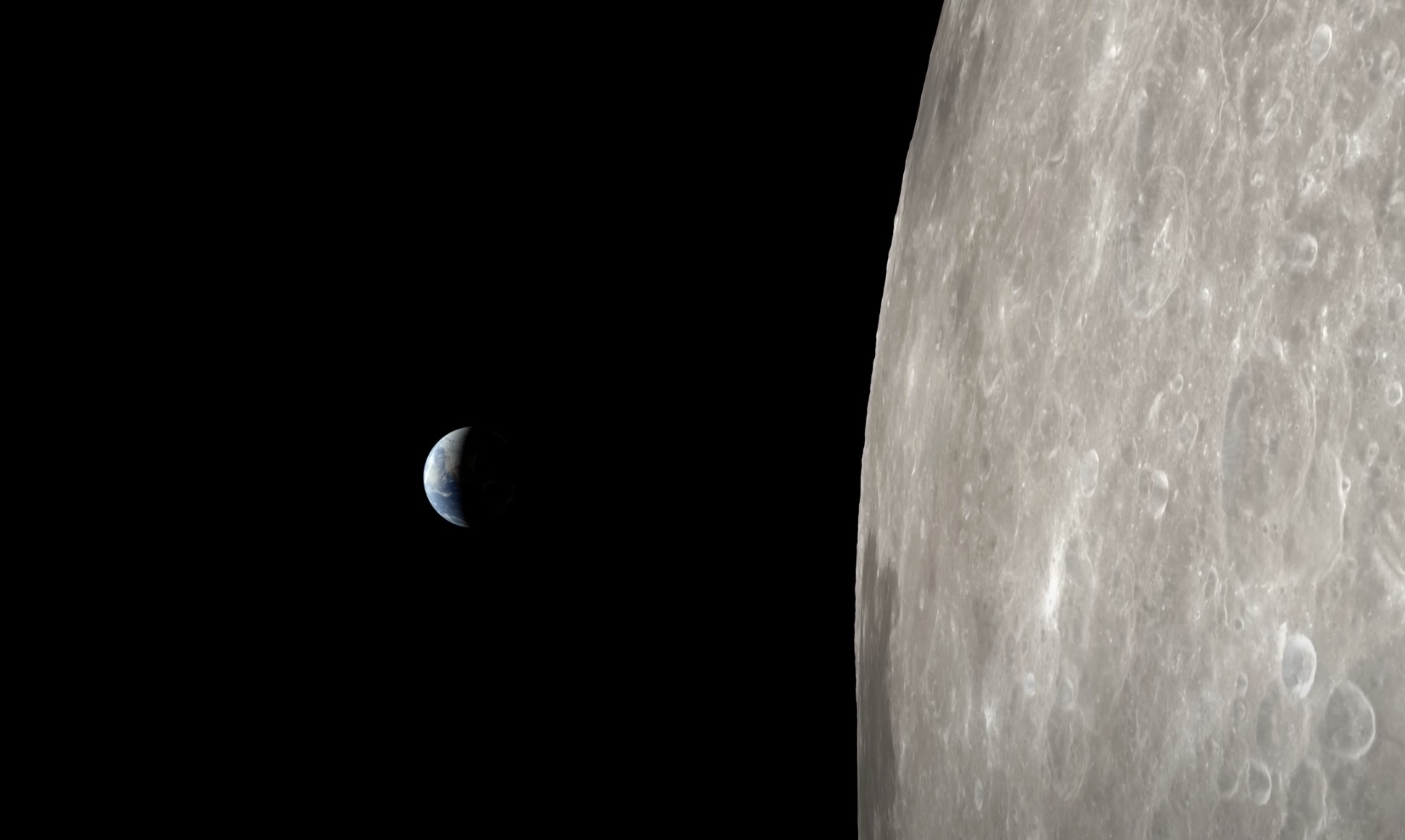
via NASA
This enigmatic companion is much more than just a luminous spectacle. Its gravitational pull influences the tides of our oceans, shaping coastlines and ecosystems. Moreover, its presence has even played a crucial role in stabilizing Earth’s axial tilt, ensuring the stability of our planet’s climate over geological time scales.
Origin of the Moon
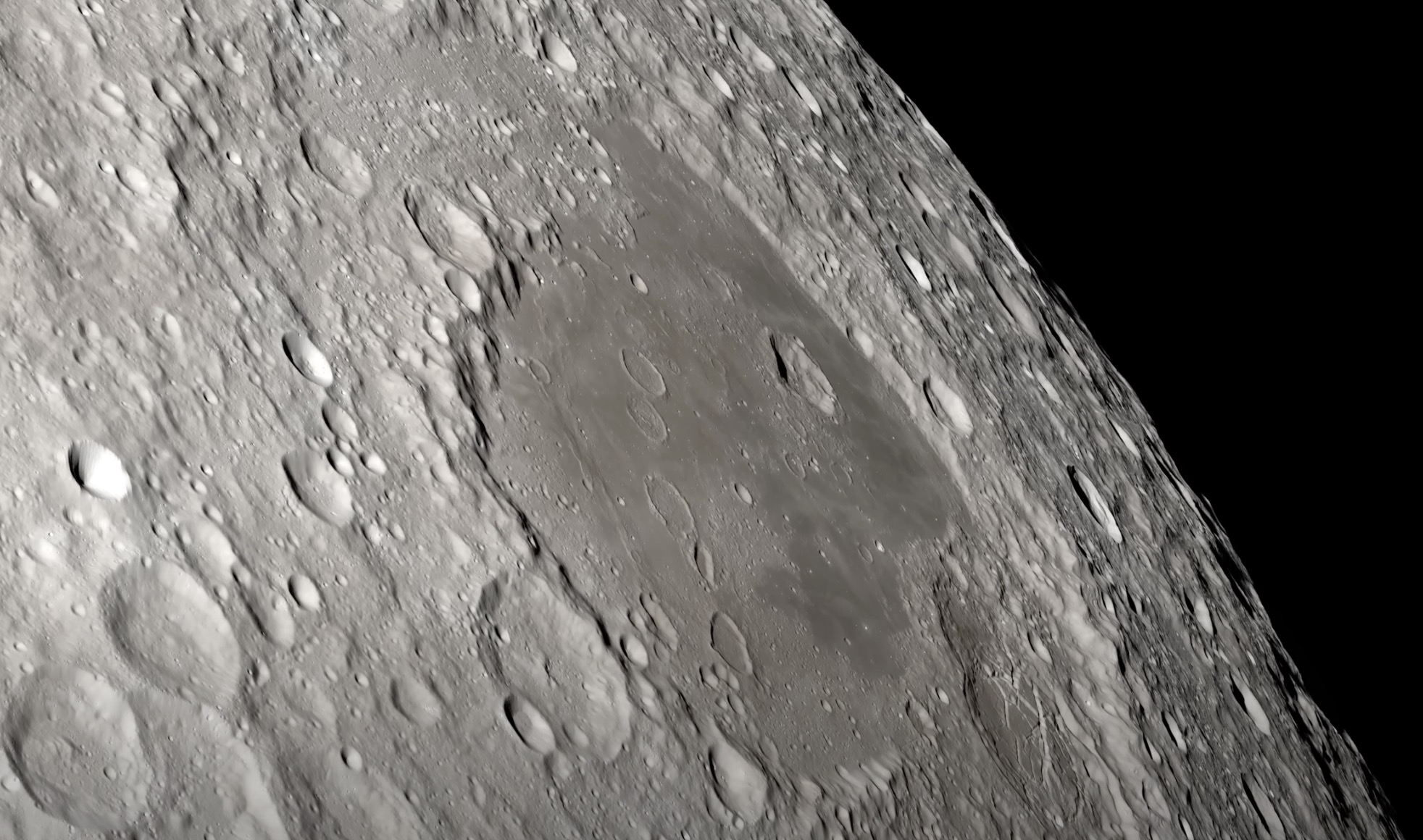
via NASA
The origin of the Moon has long been a subject of scientific inquiry and debate. One prevailing theory suggests that it formed from the debris left over after a giant impact between Earth and a Mars-sized protoplanet early in the history of our solar system. This cataclysmic collision would have ejected material into space, eventually coalescing to form the Moon.
Valuable clues
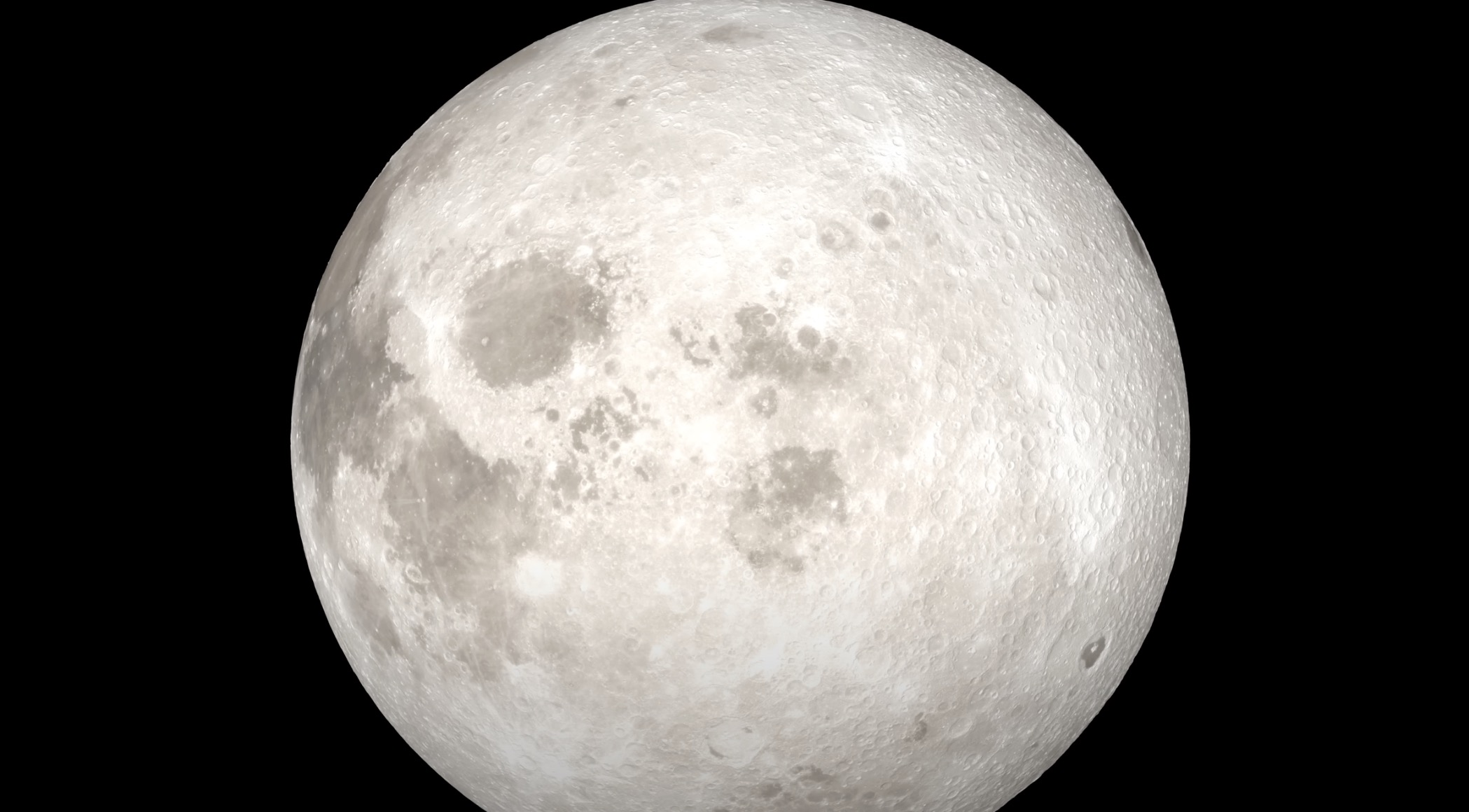
via NASA
Another theory proposes that the Moon formed independently alongside Earth, condensing from the same primordial nebula that birthed our planet. Regardless of its exact origins, the Moon holds valuable clues about the early history of our solar system and the processes that shaped our cosmic neighborhood.
Human curiosity
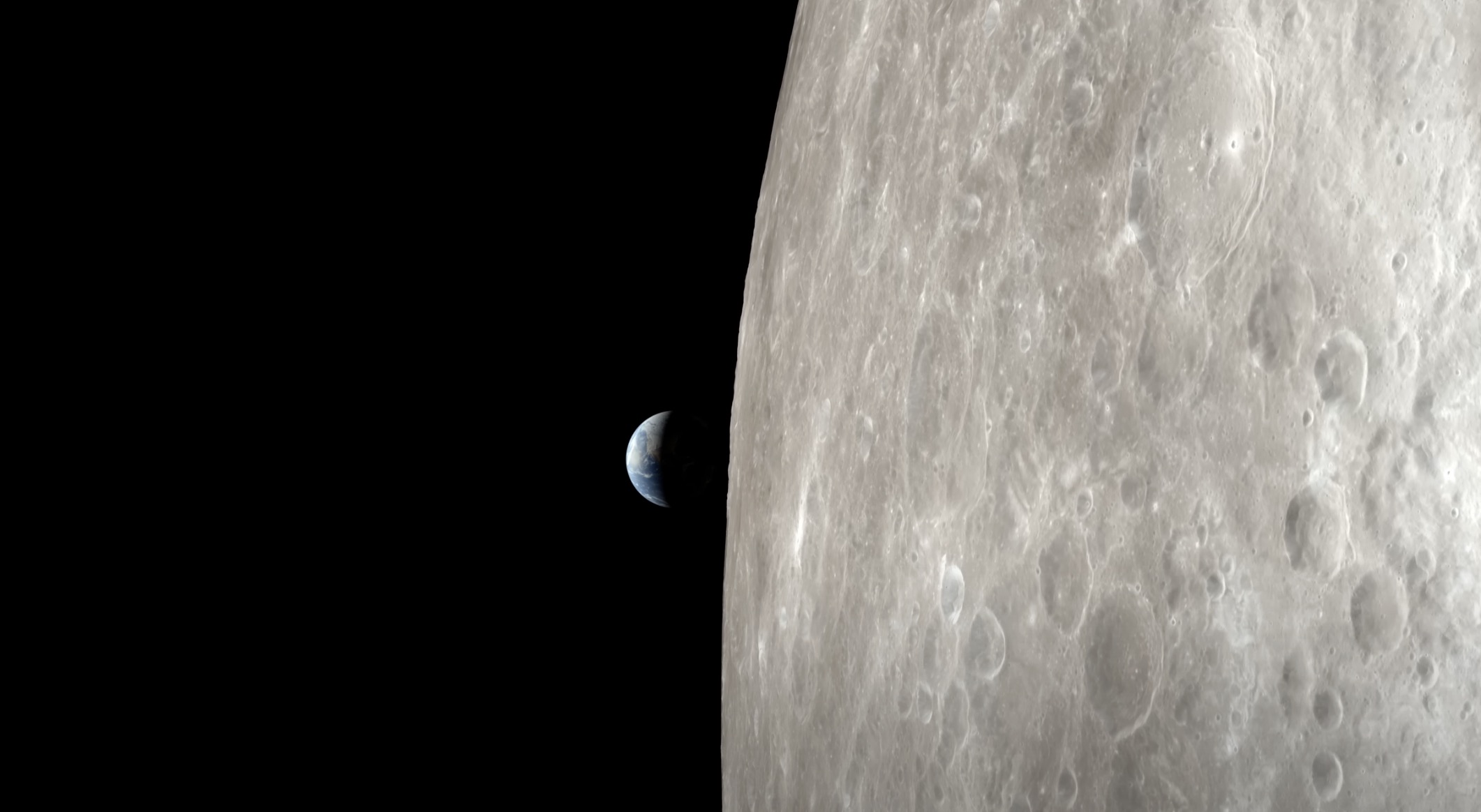
via NASA
Human curiosity about the Moon reached new heights during the Space Age. In 1969, the Apollo 11 mission achieved the historic feat of landing the first humans on the lunar surface. Astronauts Neil Armstrong and Buzz Aldrin took humanity’s first steps on another celestial body, marking a monumental achievement in human exploration.
Apollo missions
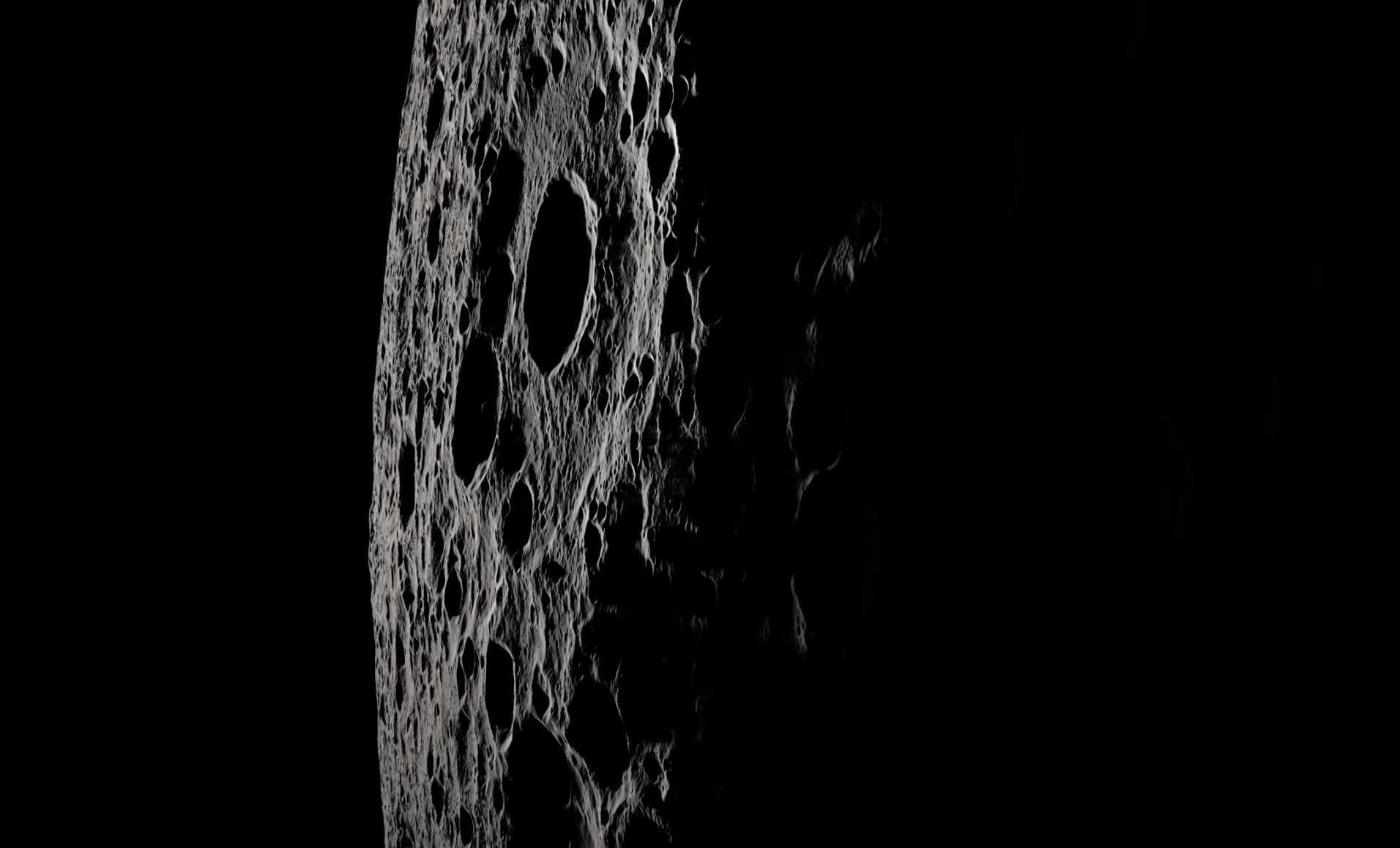
via NASA
Subsequent Apollo missions expanded our understanding of the Moon’s geology, composition, and history. Lunar rocks and soil samples brought back to Earth provided scientists with valuable insights into the Moon’s formation and evolution. However, manned lunar exploration ceased in 1972, leaving many questions unanswered and paving the way for robotic missions to continue the quest for lunar discovery.
A new chapter
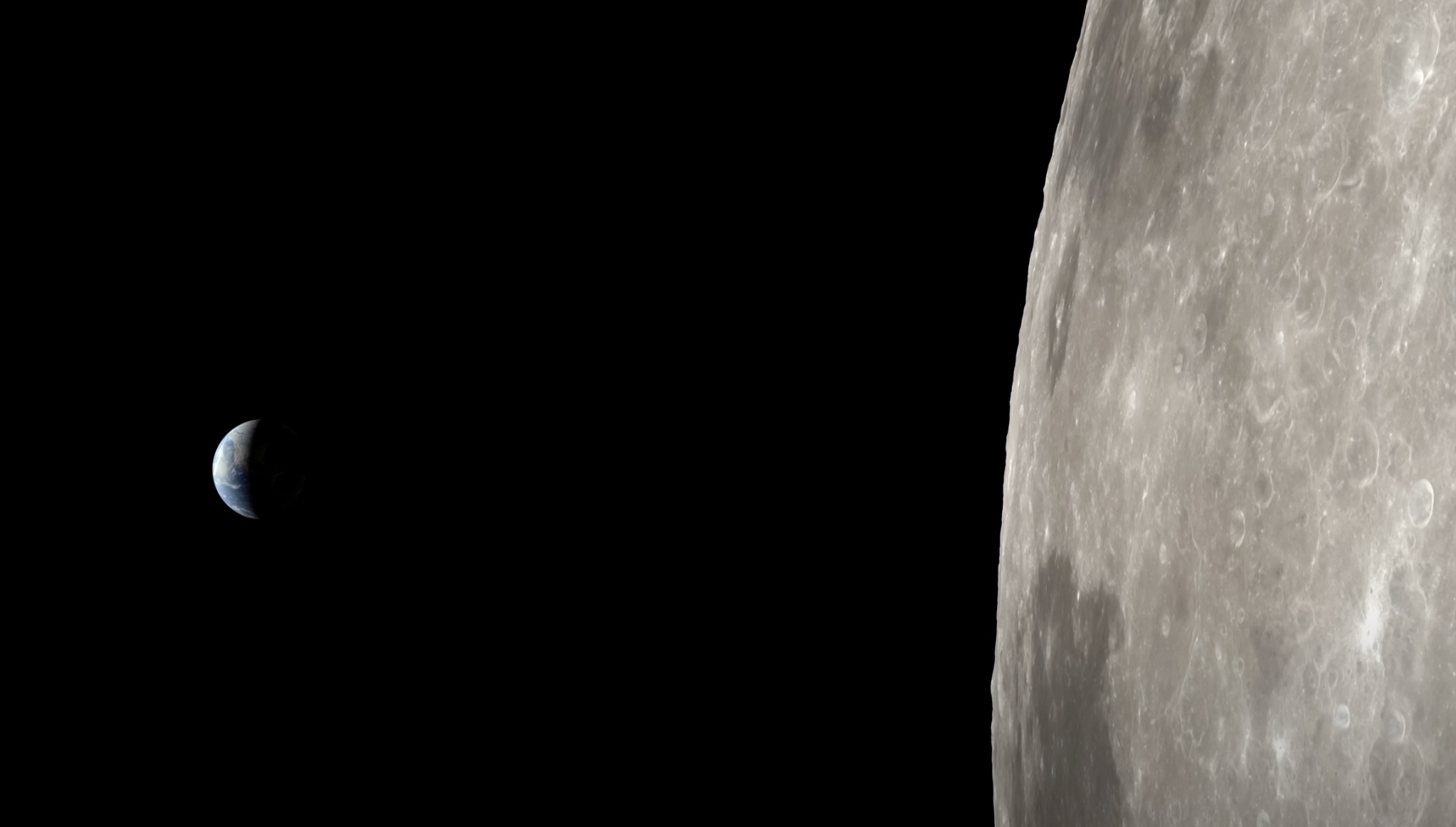
via NASA
In the modern era, our exploration of the Moon has entered . Robotic spacecraft from various nations, including the United States, China, Russia, India, and Europe, have ventured to the lunar surface, conducting scientific experiments and surveys. These missions have revealed new details about the Moon’s geology, including evidence of water ice in shadowed craters near the lunar poles, raising the possibility of future human settlement and resource utilization.
Return of crewed missions
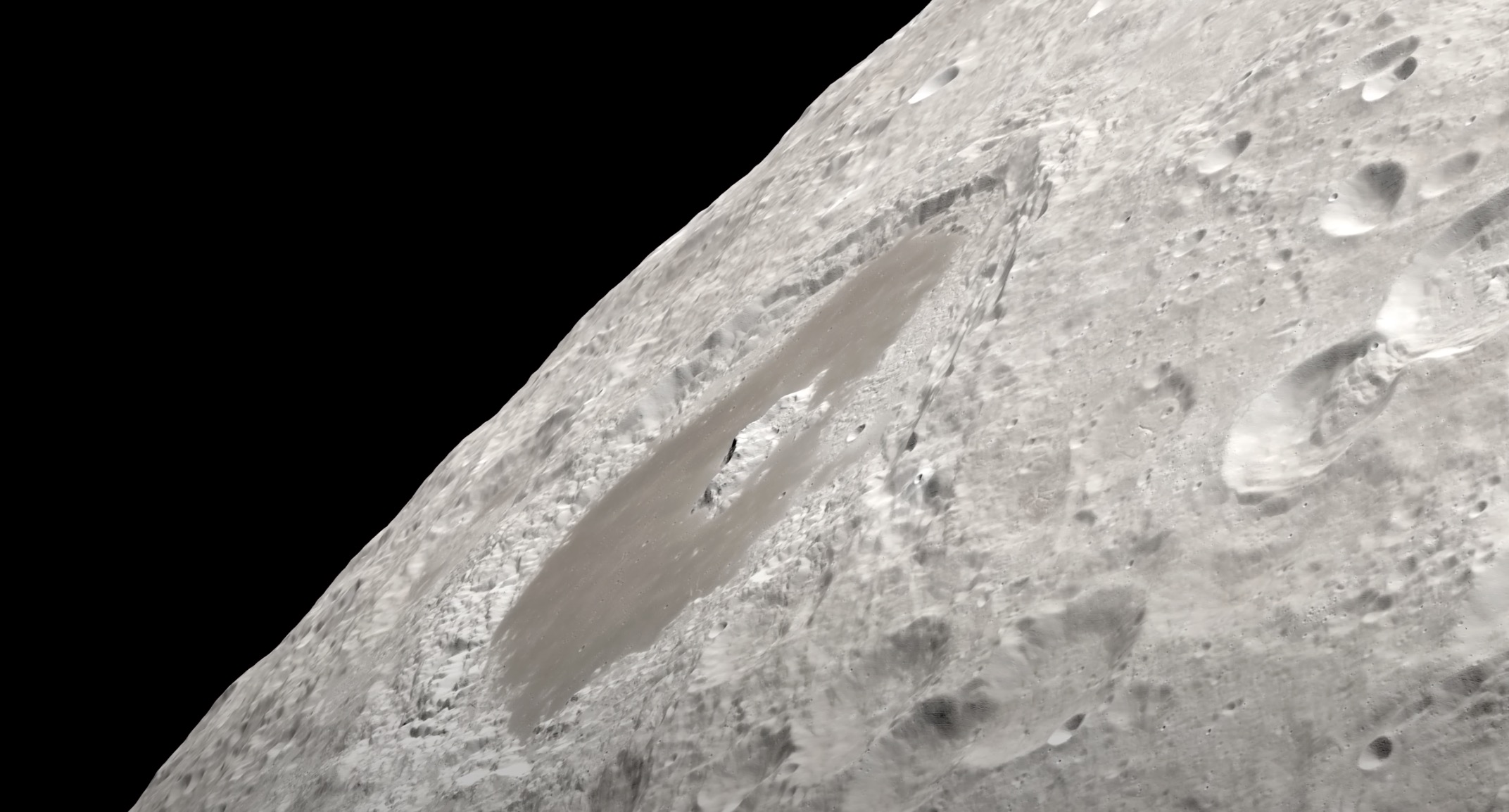
via NASA
Moreover, plans for the return of crewed missions to the Moon, such as NASA’s Artemis program, aim to establish a sustainable human presence on the lunar surface by the end of the decade. These ambitious endeavors hold the promise of unlocking further secrets of the Moon and advancing our understanding of the broader cosmos.
Lunar lander
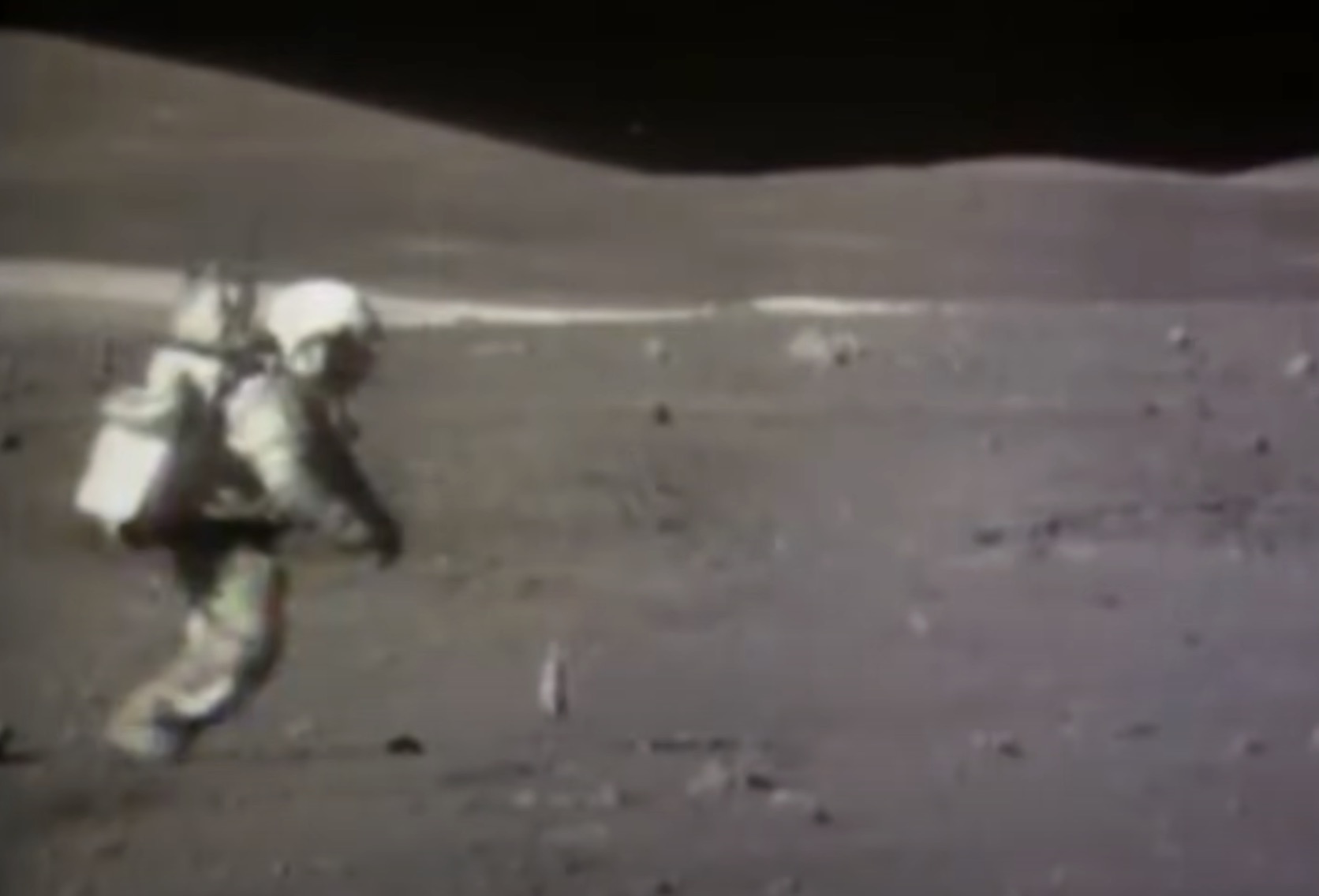
via NASA
Intuitive Machines’ lunar lander called Nova-C or Odysseus launched successfully and has sent back the first images from its IM-1 mission. The pictures include views of Earth taken while still close to home, as well as partial selfies of the lander itself.
SpaceX Falcon 9
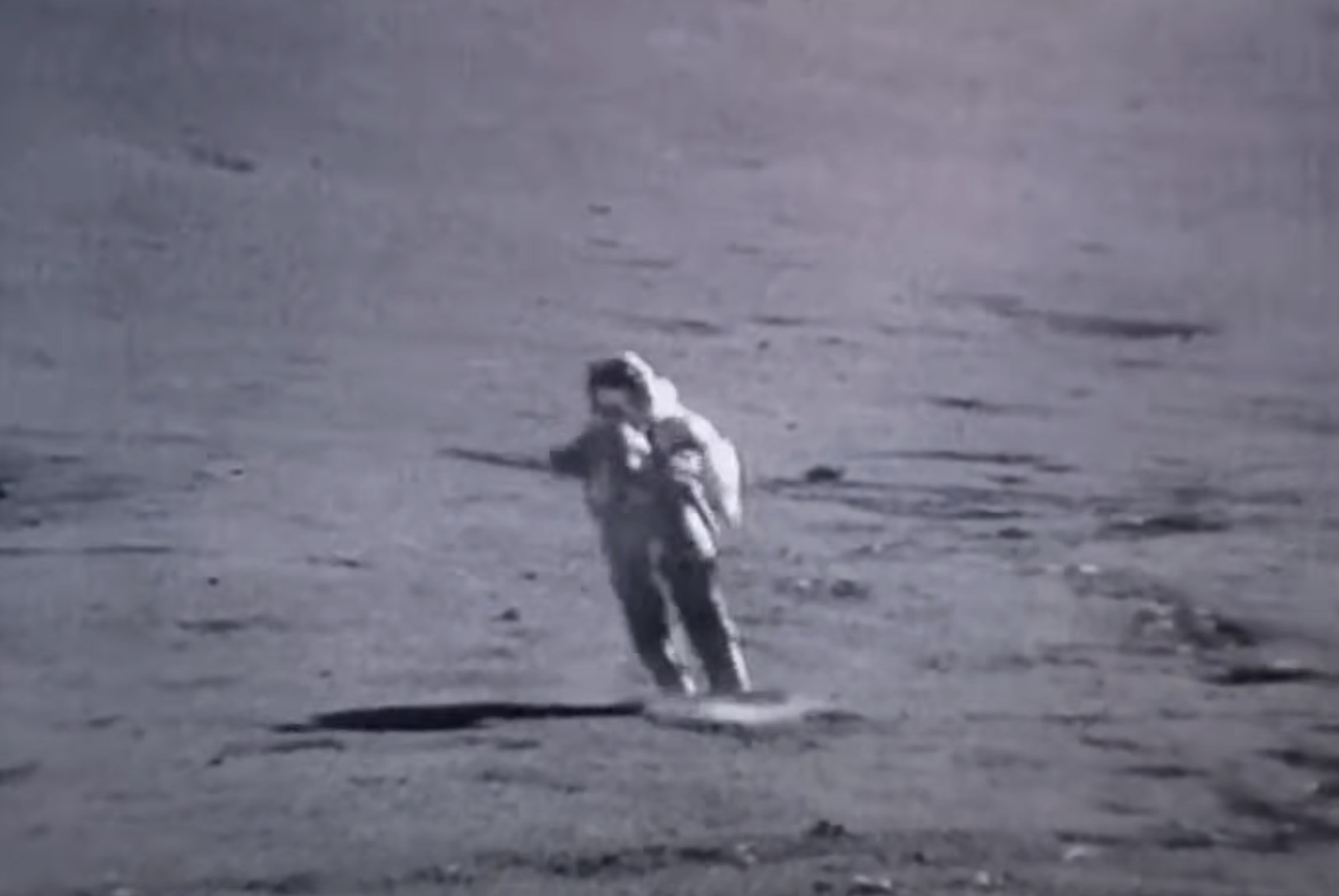
via NASA
The receding second stage of the SpaceX Falcon 9 rocket can be seen in the distance after spacecraft separation.
Moon landing

via NASA
So far the lander is reported to be in excellent health and has passed key milestones like engine firing tests as it remains on track for its planned February 22nd moon landing attempt. Intuitive Machines’ posted that the spacecraft is “in excellent health.”
First-ever in-space ignition

The company added that it was “the first-ever in-space ignition of a liquid methane and liquid oxygen engine.”
Profound mysteries
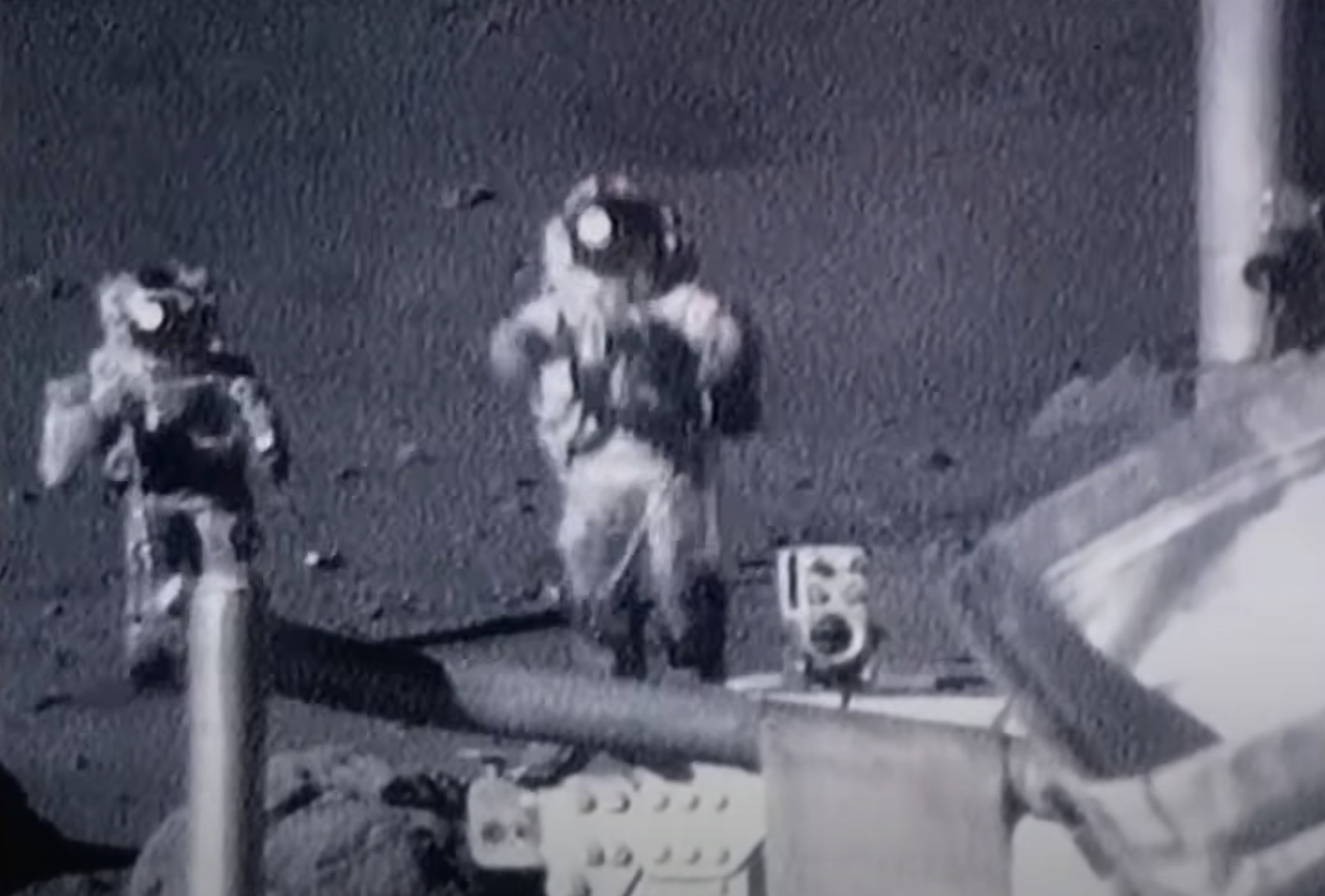
via NASA
The Moon, with its serene beauty and profound mysteries, continues to captivate humanity’s imagination. From ancient civilizations who worshipped it as a deity to modern scientists unraveling its secrets, the Moon remains a symbol of exploration, discovery, and wonder.
Inspiring generations

via NASA
As we embark on new missions to explore and inhabit the lunar frontier, we are reminded of our innate curiosity and thirst for knowledge about the cosmos. The Moon, Earth’s steadfast companion, serves as a beacon guiding us on our journey of cosmic exploration, inspiring generations to reach for the stars and uncover the mysteries of the universe.


